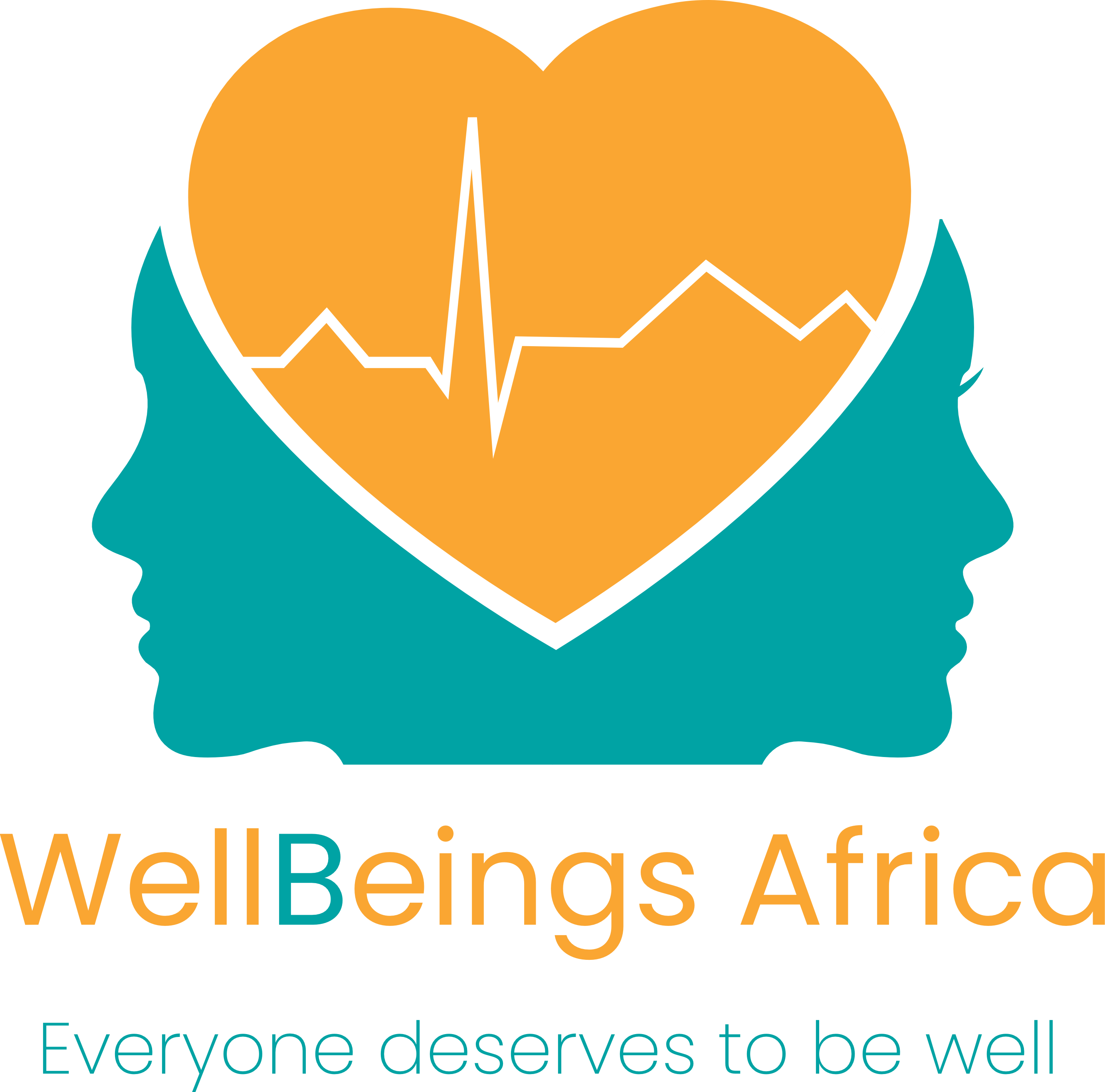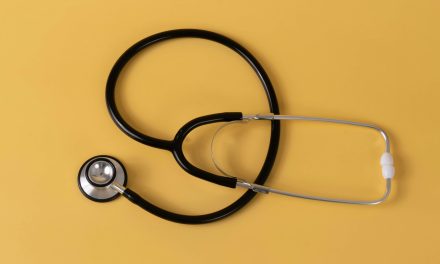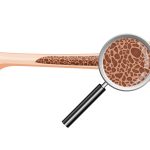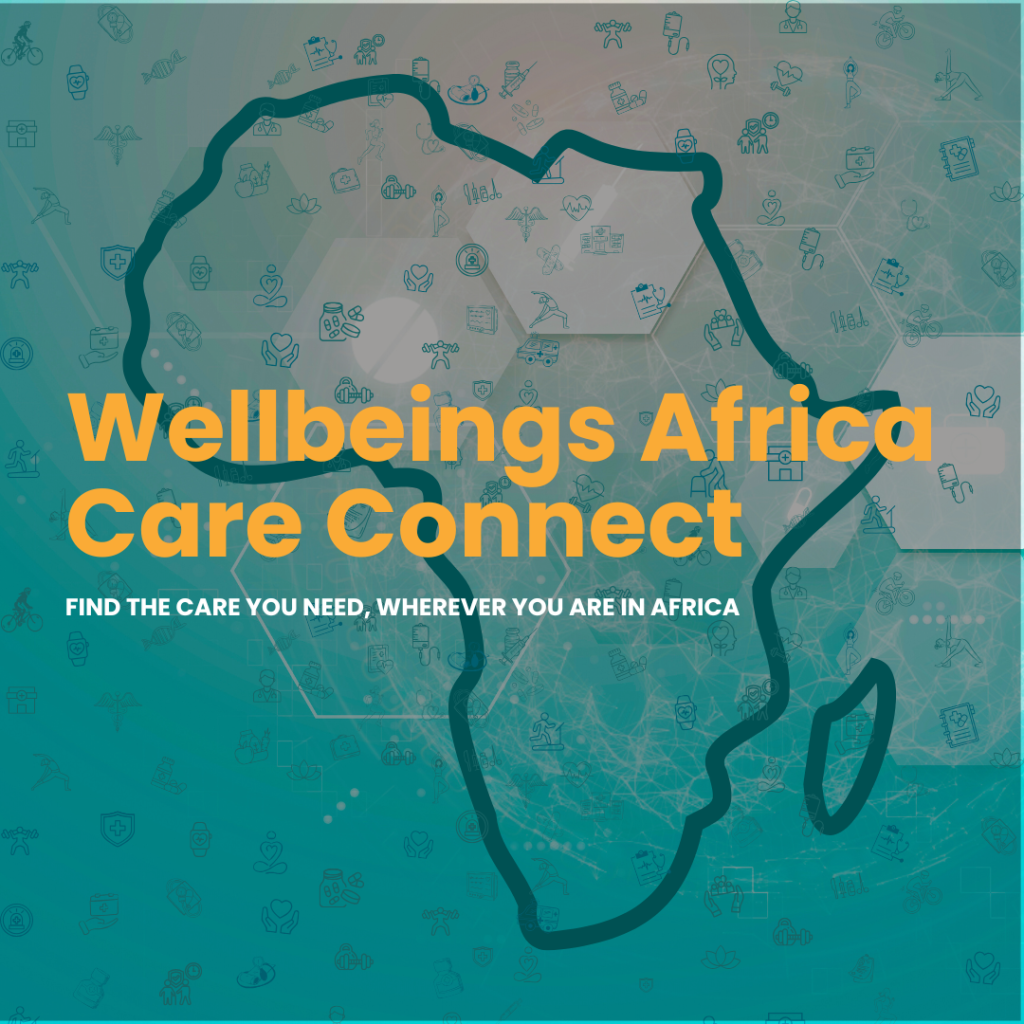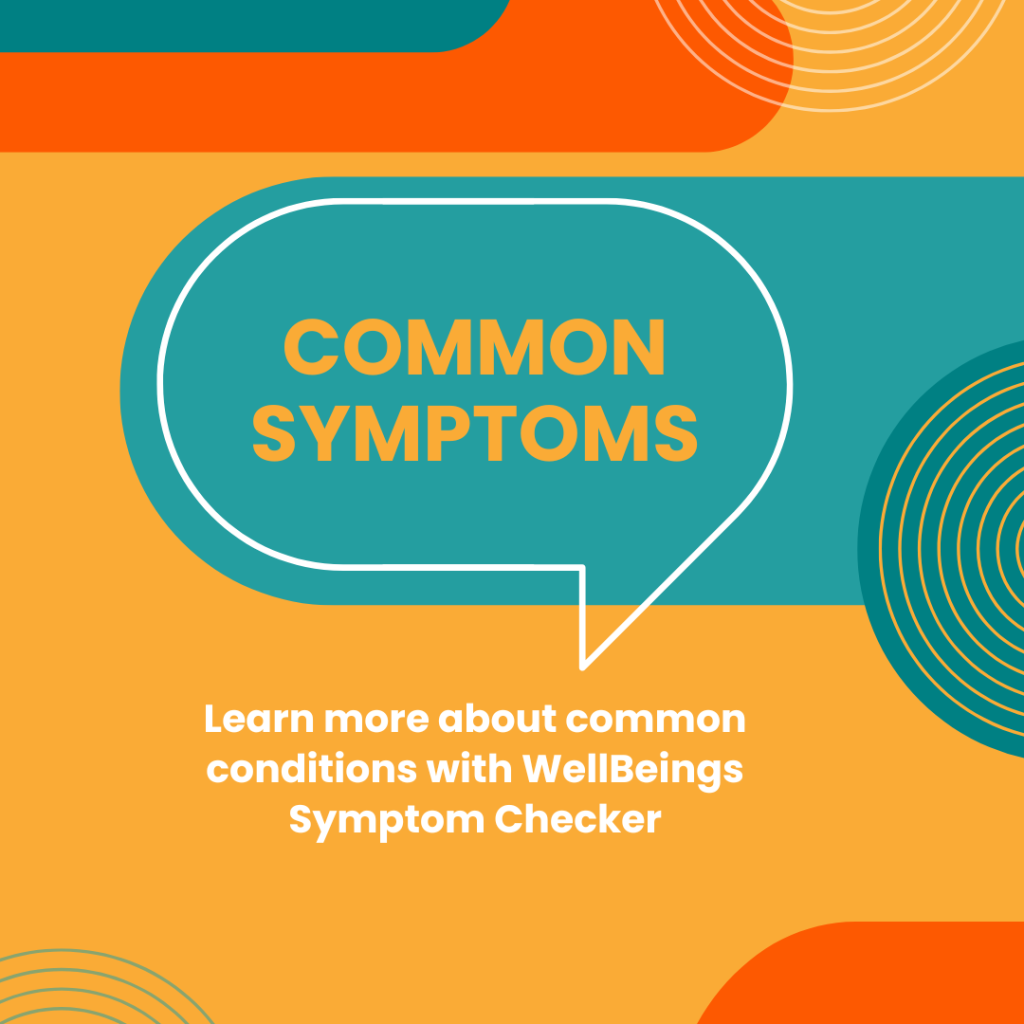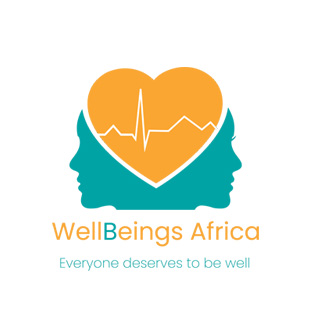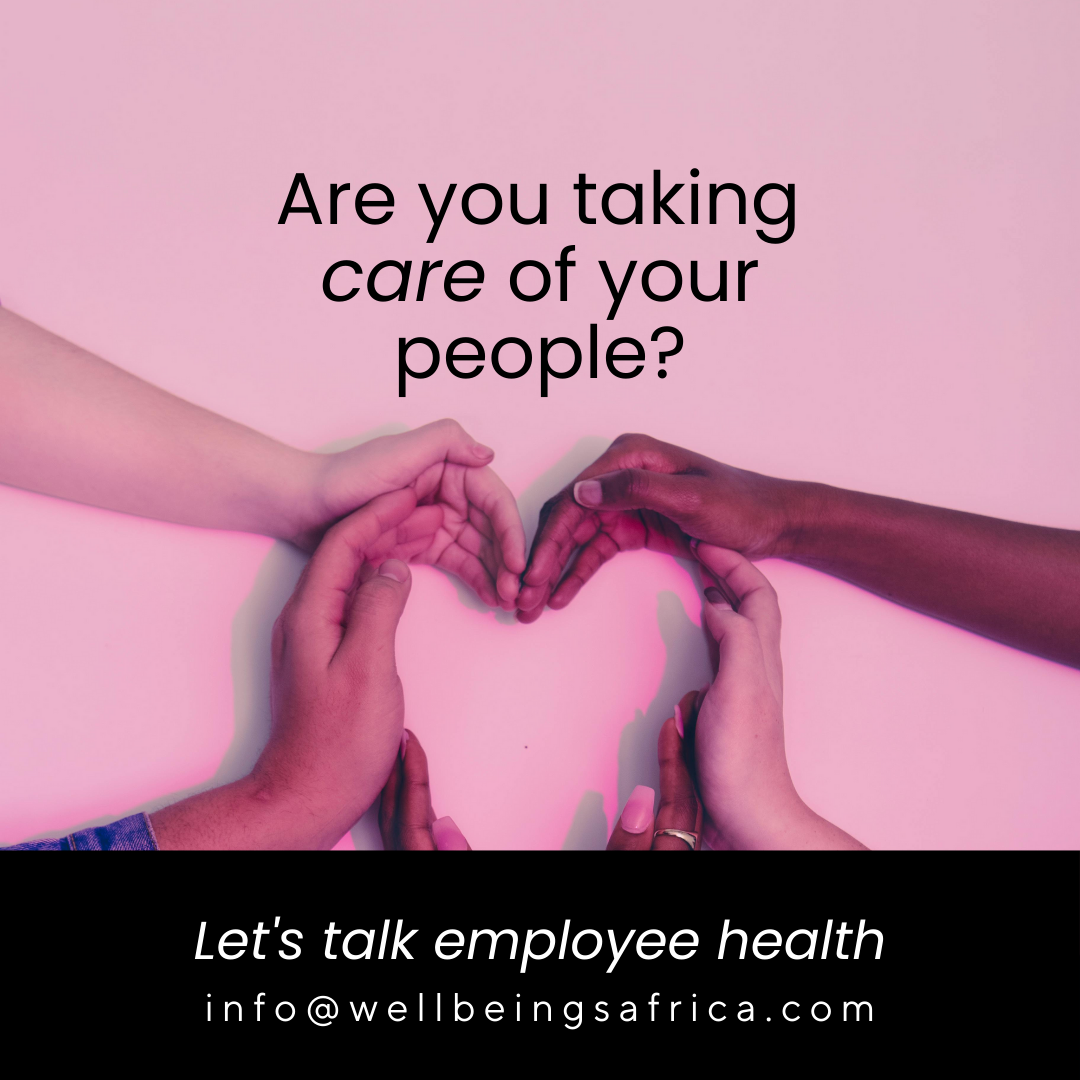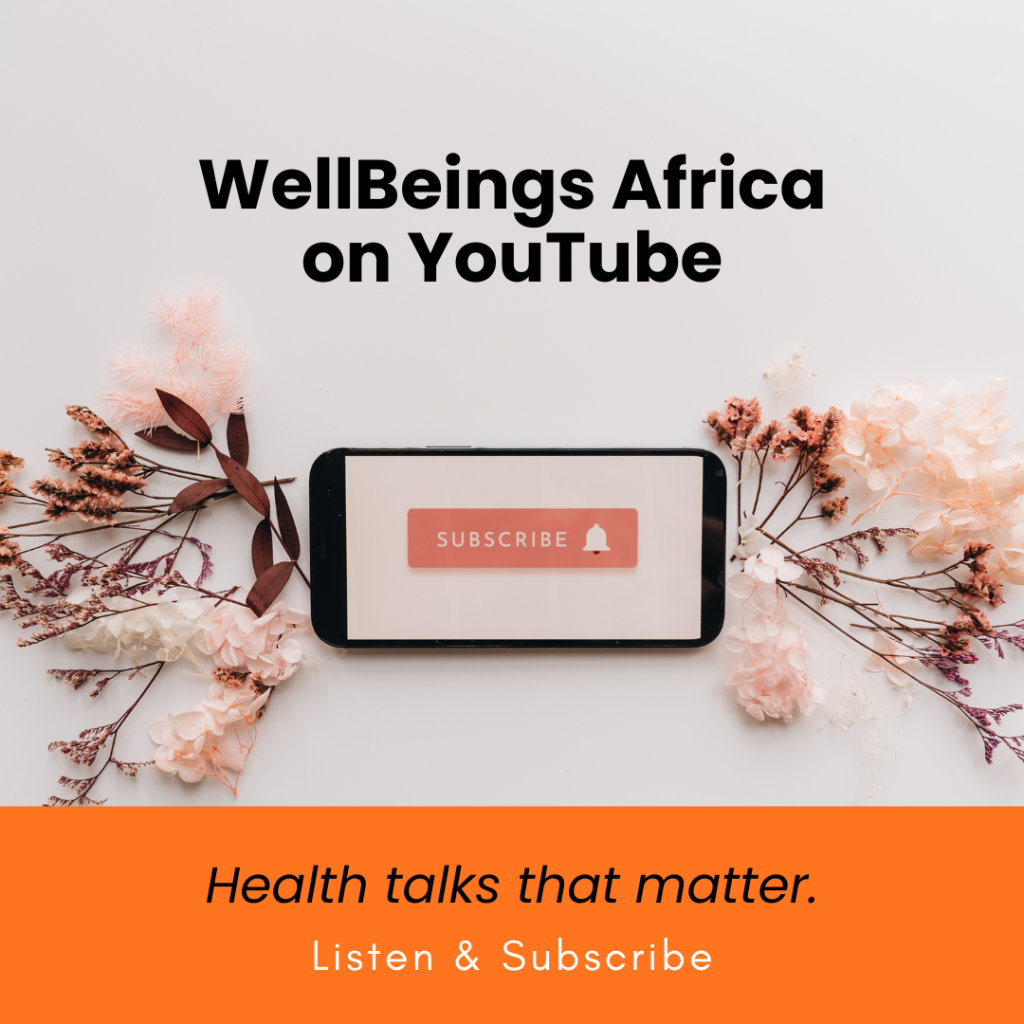We hope we won’t need it, but it’s always important to know the finer details in your medical aid
Let’s be honest. Medical aid can be expensive and no one enjoys paying those monthly premiums, but we resign ourselves to the fact that it’s a necessary expense. So, if it is essential, we should know exactly what those confusing terms and conditions mean.
Quick Read:
- There are many loopholes in your medical aid, so you must know what the technical terms mean.
- Hospital plans only cover in-hospital treatments, usually for emergencies or serious illnesses.
- Members pay a monthly premium based on their age and health status. Higher premiums often offer more extensive coverage.
Keep it for a “rainy day”
We pay for medical aid in the hopes that we will never have to use it, but emergencies, chronic health conditions, and seasonal health problems are always on the radar.
Ironically, the reality is that you might wake up from an emergency surgery relieved it was successful, only to face a hefty bill that your medical aid didn’t fully cover. Even if you believe you’re 100% covered, there might be small gaps in your plan that leave you responsible for additional costs.
In South Africa, medical aid is a heavy financial burden and comprehensive coverage is out of reach for many people. Statistics say that only around 16% of South Africans have access to medical aid. This leaves the vast majority relying on public healthcare or paying out of pocket for private services.

Understanding the confusing medical aid terminology
To make matters worse, many people don’t fully understand what their medical aid covers and the details of the specific benefits. Take the time to review your policy carefully and know exactly what services and treatments are included, and how to stretch your medical aid savings where possible.
Pre-authorisation
- Every surgery must first be approved by your medical aid. This involves filling out paperwork and getting a special pre-authorisation number. Unfortunately, the medical aid may sometimes refuse approval and you’ll need to go back to your specialist for a letter explaining why the surgery is necessary.
Network
- These are specific hospitals, doctors, specialists and pharmacies that you may use, according to the medical aid plan you’ve chosen.
Medical savings account (MSA)
- The Medical Savings Account (MSA) is the portion of your monthly medical aid payment that you can use for everyday expenses and occasional prescriptions. For example, if you pay R1,000 a month for medical aid, a percentage is allocated to cover daily costs. The exact percentage is different according to the medical aid provider but is typically around 25%.
Co-payment
- Co-payments mean you cover the difference between what your medical aid pays and the actual cost. For example, if your medical aid only covers R2,000 for dentist visits each year, but your treatment costs R5,000, you’ll need to pay the remaining R3,000 out of pocket.
Prescribed minimum benefits (PMBs)
Every medical aid must cover the 270 specified medical conditions and 25 chronic conditions. This coverage includes diagnosis, treatment and care.
100% of fund rate
This means that doctors in private hospitals are not obligated to follow medical aid rates, even if your medical aid covers the full amount. Some specialists, such as anaesthetists, may charge up to 200% or more of the standard rate. It’s important to ask your doctors about their fees upfront and try to negotiate whenever possible.
The NHI (South Africa)
The National Health Insurance (NHI) is South Africa’s national healthcare initiative. Its goal is to make sure that all citizens have access to healthcare. The hope is that the NHI will provide everyone with safe and efficient medical services whether they can afford private healthcare or not.
Images: Pixabay
